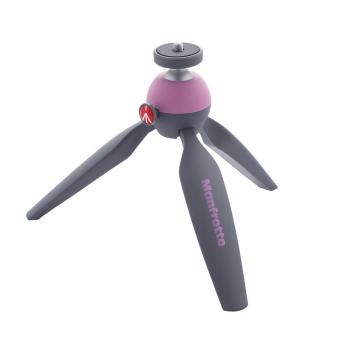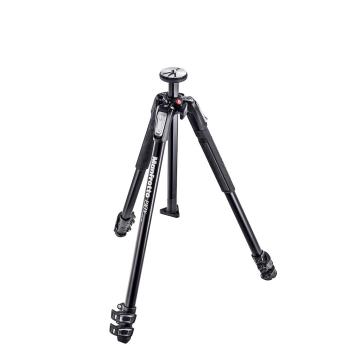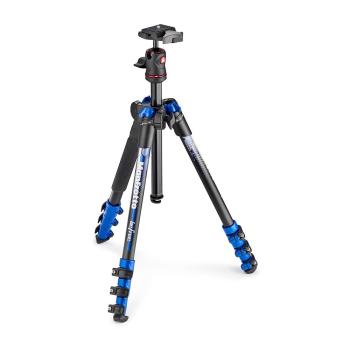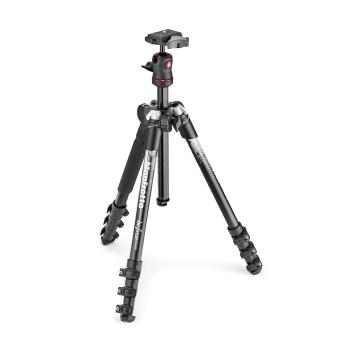Tripods:
A Guide to Buy the One You Need

José Antunes

Tripods can be a photographer’s best friend, unless when they’re left in the car trunk. It does not matter if your tripod is short or tall, light or heavy, leaving it behind will not do much to improve your photography. And there’s no excuse, as I usually hear, that it’s too heavy. You bought it (I guess) so you should have defined exactly how much you were willing to carry before investing in something that you seldom use.
So, this guide is for you, if you want to start it all over, and buy a tripod to USE. Also, if you’re buying a tripod to offer someone, this guide may help you to understand what is at stake when you buy a tripod. Beware, though, when buying a tripod for someone else. Try to find out if what you buy fits into the plans of the receiver. Tripods should be bought as one buys a shirt; it has to fit perfectly.
You’ll find multiple opinions when it comes to tripods, and that does not make it easier to choose. Some people will tell you that tripods with four sections legs are best, others will tell the three section ones are sturdier and less prone to mechanical problems, as there are less moving parts. Both may have a point, but usually outdoor photographers prefer the four section tripods, because they are smaller when closed, and that’s important when you backpack and hit the road. Or the winding path up the mountain!
Tripods with four section legs also go, sometimes, closer to the ground when closed (obviously, as the legs are shorter), so bear all this in mind when you go out shopping. Also remember that some tripods do not have a center column. I frequently find people who tell me the center column should never be extended, as the tripod loses stability. Yes it does, but if the center column exists, please use it when you reach the maximum height with the legs extended and you need a little bit extra height. That’s the reason why the center column exists. Furthermore, in some tripods, like the Manfrotto 190 series, for example, the column can be moved to a horizontal position, opening new options in terms of works, especially if you like to work close to the ground. So, you see, everything as a purpose, and once you follow the rules you’ll be able to use tripods for what they offer you: stability.
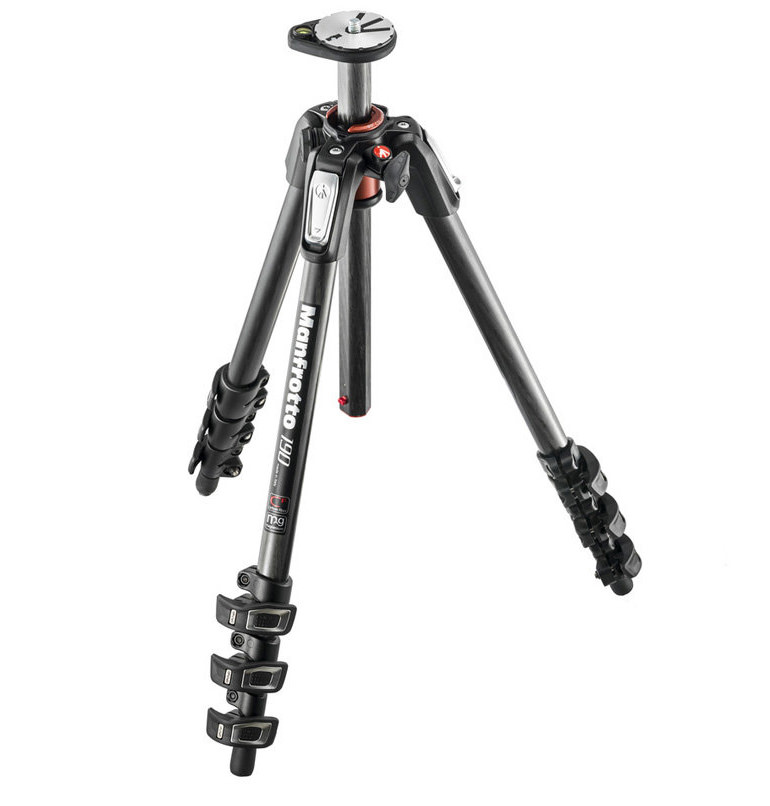
Let me give you one good advice when it comes to tripods: buy the sturdiest you are willing to carry, and buy it according to the type of photography you do and the gear you use. For example, if you shoot landscapes in coastal areas and streams or waterfalls, and use the tripod in water, buy a tripod that can not only resist the elements but that can also keep the camera and lens steady in moving water. If on the other hand you do mostly urban photography, a lighter model may be enough.

Whatever you do, do not buy those flimsy tripods people find at supermarkets or shopping malls. Those “spider legs” as I call them, are not good and your photography, if you’re serious about it, will suffer from their use. In the worst case scenario they will tumble and your camera and lens will break.
Although you can buy some tripod models in kit, many times, buying a tripod means also, buying a head, to support the camera. There are different types of tripod heads, some for video, other more adapted for photography. It’s a complex area and a whole article about the subject could be written. Here I’ll suggest you buy a ballhead system, with a quick release platform, and preferably one that uses a lever to lock the camera or lens in place. And if by chance you buy more than a tripod or also have a monopod, opt for using a quick release platform similar in all of them, so you can move your camera and lenses easily, as the adapter is common between all ballheads.
So, having said all this, let me suggest you some options in terms of tripods, mostly for photographers on the move, and leaving aside those big studio tripods. As you’ll understand from reading them there’s no “one size fits all” solution, and sometimes the best thing to do is to have two or more different tripods, according to the type of photography you do each time you go out. I believe you’ll agree with me once you reach the end of this guide.
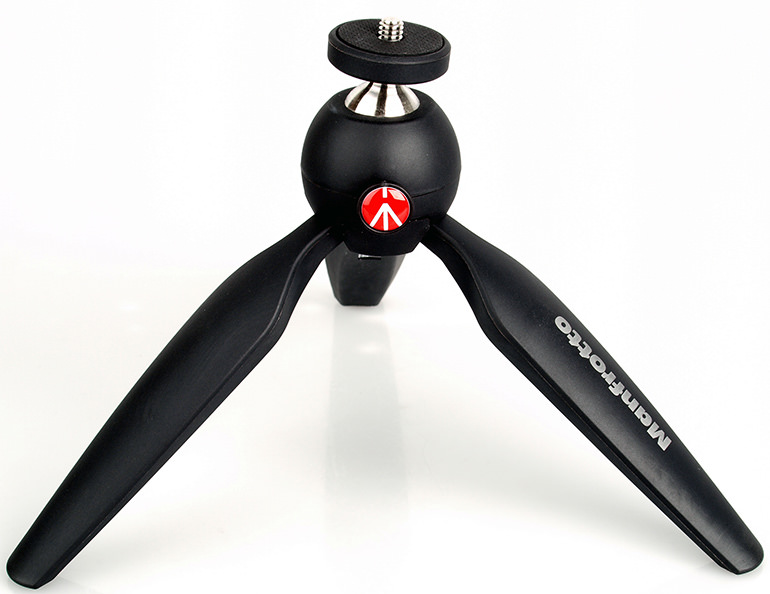
A POCKET Tripod
Conceived as an emergency solution designed for people who take a lot of photos and need a lightweight and unobtrusive support, the Manfrotto Pocket has two versions, one for small compact cameras and a bigger one that can support up to an entry level DSLR. This is not a tripod for everyone, but can be a choice for people doing, for example, street photography and night long exposures in urban environments, willing to use whatever support is available, from walls to tables. The POCKET tripod is available in multiple colours for compact cameras and in black and grey to DSLR. The DSLR model has a safety payload of 1.5 kg.
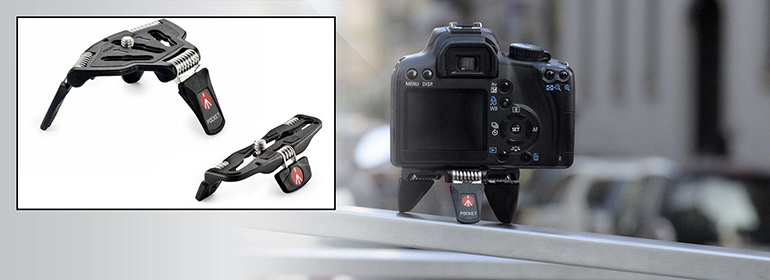
One PIXI to Rule Them All
Long exposures look amazing, but you need a stable base or you’ll find everything is blurred once you open the image in your computer. With a PIXI you enter a new realm when it comes to long exposures, anytime, anywhere. A mini tripod has never been so versatile. Thanks to its quality construction and universal attachment PIXI is compatible with most devices. From the iPhone (with KLYP) to compact cameras, from Compact System Cameras to (small) DSLR’s with short lenses.
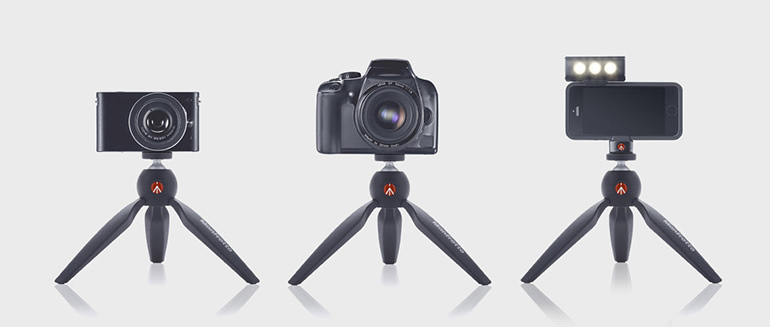
Befree with Manfrotto
The new “take me anywhere” tripod from Manfrotto has a name that says it all: Befree. Thanks to its unique mechanism, when folded the tripod is only 40 cm (15,7in) long. The Quick Release Adaptor enables a very tight packing of the foldable legs. The padded bag makes it easy to carry around.
The Befree is a surprisingly compact yet stable tripod, but if you doubt what you can achieve with it, check the ebook you can download from Befree pages on Manfrotto’s website. Through the images from photographer Adam Barker, you’ll understand what the Befree offers. Equipped with a new aluminum ball head, the Manfrotto Befree carries up to 4 kg (8,8 lbs), guaranteeing stability and sturdiness even with longer lenses. Aluminum leg locks ensure long term usability even under intensive use. The new leg angle selectors quickly allow to select between 2 inclinations in order to offer the maximum versatility in placing your camera in the right position to take the shot you want.
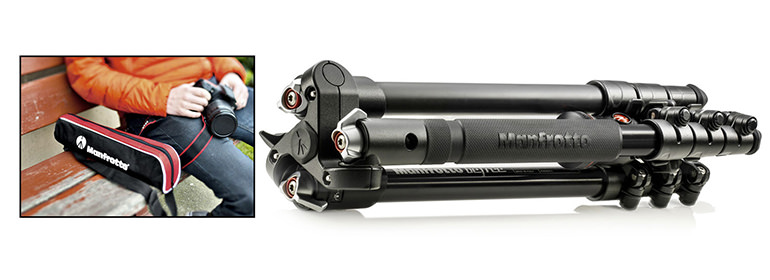
The new 190 Series
Light and compact the 190 is the most classic and popular tripod in the Manfrotto range. The family is continuously evolving over the years and the new 190 series offers a unique tripod that holds compactness and more transportability together with incredible stiffness. Available in aluminium and carbon fiber, with three or four section legs, the new 190 offers a versatile platform for photographers from hobbyists to professionals looking for a portable solution that offers them stability and a wide range of choices. It is a good “do it all” tripod for backpackers and nature photographers carrying their own gear.
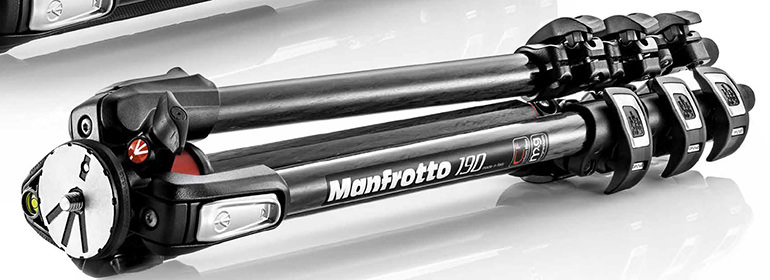
Conceived for professionals: the 290
The 290 Carbon – a new family of carbon fibre camera launched at the end of 2012 was developed from the experience of the 190, to fill a gap aspiring professional photographers found along the path from hobby to passion… or from obsession to profession. With the right balance of performance, practicality and versatility, the 290 is transportable, without any sacrifice in camera stability, but is a good option if you’re not carrying your gear for long periods of time. Available in various sizes and kits, it is optimizable to help get great results across all photographic styles.
These are some of the options within the Manfrotto range, but you’ll find more tripods, and different families, to choose from if you look through the pages on Manfrotto’s website.

































